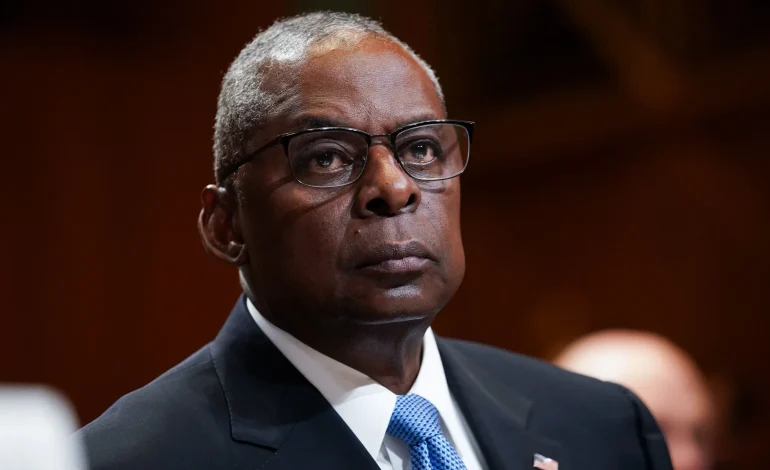Outgoing Defense Secretary Urges $50 Billion Defense Spending Boost, Breaking $1 Trillion Threshold

Outgoing Defense Secretary Lloyd Austin has recommended a significant increase in defense spending, urging the US government to add around $50 billion to the Pentagon’s budget in fiscal year 2026, a move that would push spending past the $1 trillion mark in the following years, Bloomberg reports.
In a previously undisclosed letter dated November 27 to the Office of Management and Budget (OMB), Austin laid out a proposed five-year defense plan that far exceeds current projections. The letter, obtained by the news agency, argues for a substantial boost in military funding once spending caps imposed by a 2023 debt-limit agreement expire after fiscal year 2025.
Austin’s recommendation could provide political cover for Congressional members looking to increase defense spending after President Donald Trump takes office on January 20. However, it remains to be seen whether Trump will endorse the plan. His nominee to replace Austin, Pete Hegseth, is expected to face intense questioning about his spending views during his confirmation hearings on Tuesday.
“I have not wavered in my assessment that meeting the demands of our strategy requires real growth” above inflation “and sustained new investments in fiscal years 2026-2030,” Austin wrote in the letter.
He stressed that the increased spending is crucial to support the National Defense Strategy, which focuses on countering China and strengthening alliances.
Austin’s proposed plan calls for $926.5 billion in defense spending for fiscal year 2026, compared to the OMB’s current projection of $876.8 billion. He projects spending to reach $972.8 billion in fiscal 2027 and exceed $1 trillion by fiscal 2028, versus the OMB’s previous projection of $913.5 billion. The proposal continues to climb, reaching over $1 trillion in fiscal years 2029 and 2030, dwarfing OMB’s forecasts of $932 billion and $939 billion respectively.
Importantly, the recommended Pentagon-only funding would not include aid to Ukraine and Israel, which Austin specified should continue to be funded through separate supplemental appropriations. His proposed budget also omits funding for replacing weapons provided to those countries, which if approved, would represent a significant boost for US defense contractors.
“We know that our industrial base does not yet have the capacity to meet these needs in just one year but investments to reset our inventories should begin no later than” the fiscal year that starts Ocober 1, Austin wrote.
The Pentagon declined to comment on the memo, which was labeled “Controlled Unclassified Information” to restrict public disclosure.
Austin’s proposal also advocates for defense spending to constitute roughly 3% of the US GDP in fiscal years 2027-2030. The OMB estimated defense spending to be around 3.2% of GDP in fiscal year 2024.







